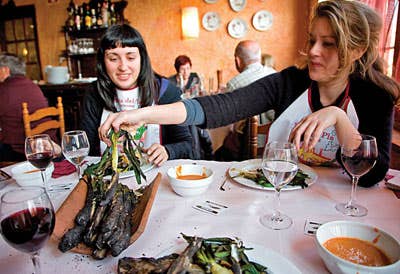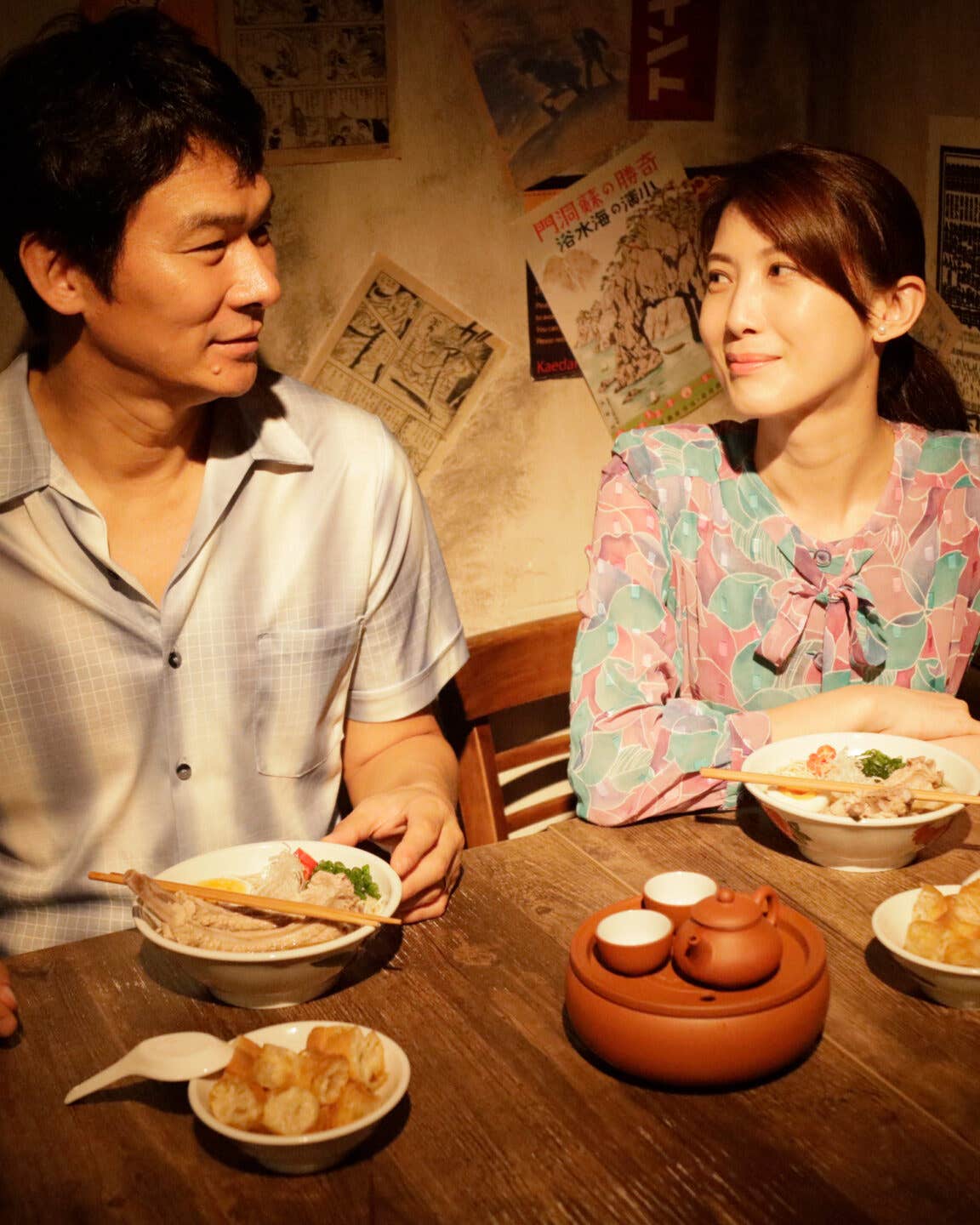
Every spring, when my husband and I visit his family in Barcelona, we plan a calçotada, a party centered around eating piles of messy calçots, or green onions, that are blackened over open fires and served with a garlicky romesco sauce of toasted almonds, toasted bread, and smoky ñora peppers. Calçots are a Catalonian specialty grown in a unique way: harvested in early summer, they're replanted and then repeatedly covered with dirt so that the white part of the root elongates, producing a sweet and tender vegetable. (Calçots take their name from the Catalan calçar, which means to put shoes on, a reference to the process of covering the roots.) During the spring harvest, calçotadas take place throughout the region, but they're most popular in the city of Valls, about 65 miles west of Barcelona; there, legend holds, a farmer named Xat de Benaiges first developed the unique cultivation method, in the late 1800s, and Penya Artistica de l'Olla, an artists' collective, threw the first calçotada, in 1946. Today, at restaurants like Valls's Casa Felix, calçots are charred over a fire made of grapevine cuttings and served with grilled lamb chops and butifarra, a pork sausage. After sliding off the onions' scorched outer layers, all present, from children to grandmothers, dunk the calçots in romesco (see ** Grilled Green Onions with Romesco**), tip back their heads, and lower the long, white stalks into their mouths, leaving behind sooty fingers and a mound of carbonized leaves.
Keep Reading
Continue to Next Story










